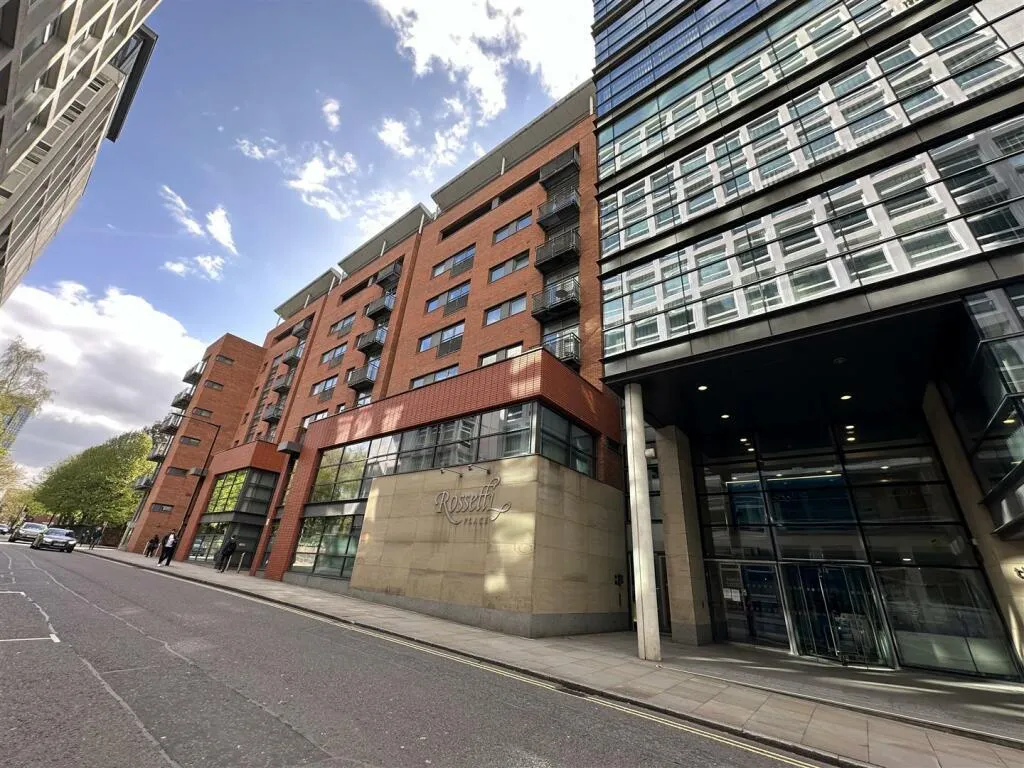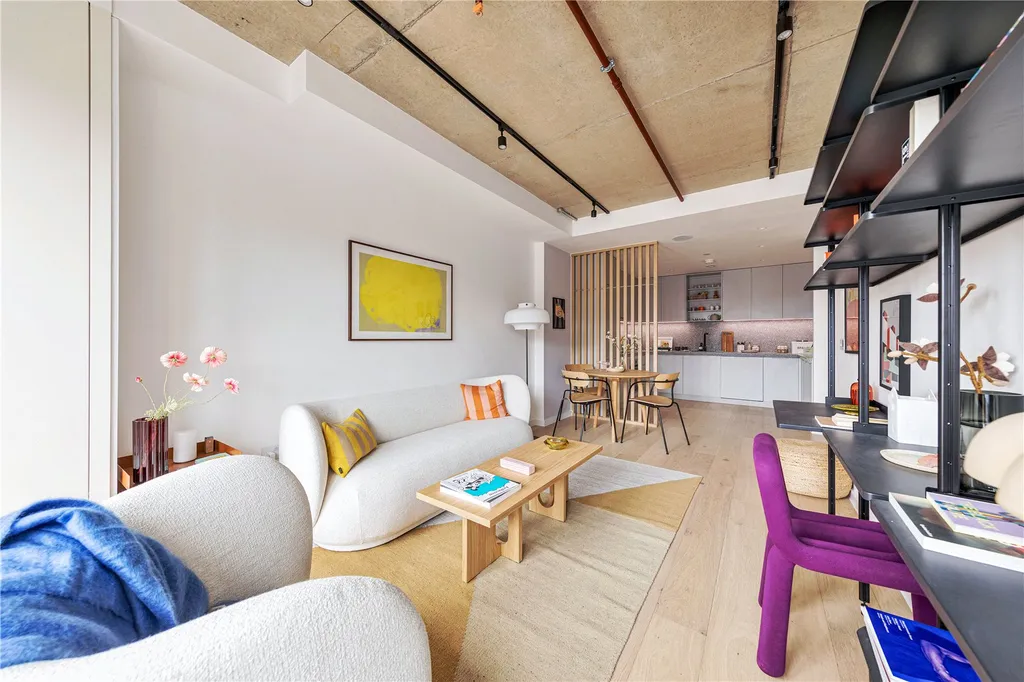
Buy-to-let Mortgages
Buy-to-let (BTL) mortgages target those who wish to purchase a home that they plan to let
out to tenants. Although a BTL mortgage shares similarities with a standard residential
mortgage, there are also some major differences.
Eligibility and lending criteria
This varies from bank to bank and client to client. Most banks and building societies offer
BTL mortgages, but terms, conditions, and costs vary enormously depending on the needs
of each client.
For example, some mortgage providers will not lend to individuals who are under the age of
25 years or have an annual income of less than £22,000 a year. Lenders may impose an
‘upper’ age limit on the term of the mortgage by insisting that the mortgage is repaid in full
before the borrower reaches a certain age — 70 is not untypical.
Lenders may also restrict the number of BTL mortgages a borrower can have with them at
any one time. Or the lender may impose a ‘cap’ on the total amount of BTL funding they are
prepared to advance to a borrower.
Credit Record
Like most mortgages, lenders will carry out credit checks to get an idea of your credit history.
In common with a standard residential mortgage, the potential lender will take account of
your personal credit rating. It is important the client is aware of their own situation and keep
their financial commitments satisfied because if you have any unpaid debts or county Court
Judgements — or you have failed to make previous or existing loan repayments on time —
the lender may use this against you and refuse any form of lending to you.


Affordability
Affordability is important when it comes to any mortgage provided by the lender. However,
the affordability criteria for BTL mortgage vastly differs to the criteria of say a residential
mortgage.
For the conventional residential mortgage where the lender will look at the borrower’s salary
and determine how much they would be willing to lend. However, for a BTL mortgage, when
considering their decision to make an advance or not, lenders will also take into account the
amount of rent the borrower is hoping to achieve from the property. The rental figure
achieved is seen as the primary source from the lender to service the loan borrowing.
As the lender will be using the rental figure as a yardstick whether to lend to the borrower or
not, most lenders require that the rental income figure covers at least 125% of the monthly
payment. As an example, if your monthly mortgage payment is £1,200, the minimum
monthly rent needs to be at least £1,500.
For that reason, BTL lenders like to see a situation where the rental income covers at least
125% of the monthly interest payment. In other words, if your monthly mortgage payment is
£1,000, the monthly rent should be a minimum of £1,250.
Deposit
LAll BTL mortgages require the borrower to put down an initial deposit. Typically, the highest
loan-to-value (LTV) mortgage available on a BTL basis is 75%.
The borrower is required to
put down a deposit of 25% with the remaining amount to be provided by the lender as a
mortgage. With 75% LTV being the common figure for BTL mortgages, this does not limit
borrowers able to put down an even higher deposit from not doing so. As a borrower, if you
are able to put down an even higher deposit this will work in your favor as lenders will more
often than not provide even more favorable interest rates.
Interest rate
As BTL mortgages represent more of a risk for lenders than standard residential mortgages,
the rate of interest charged on a BTL mortgage is higher for the borrower.


BTL mortgages — associated fees & costs
Survey: As for all mortgages, an independent surveyor will be appointed to assess the
property’s condition, market value and potential rental income. In terms of factors affecting
the property’s future value, these will also be mentioned in the report. Surveys are usually
instructed at the cost of the borrower but there are some lenders who offer a free survey
depending on the product you choose to go ahead with.
Conveyance: As for all land acquisitions in the UK, these need to be transferred legally on
the register where the property is transferred from the seller to the buyer. This process is the
Conveyancing aspect leading to completion of the transaction. Some lenders also offer free
conveyancing as part of the product but this is subject to availability of course and can be
changed at any time.
Stamp Duty for Buy-to-let property: Depending on the purchase price of the property, the
purchaser may have to pay stamp duty land tax which is calculated as a percentage.
Other costs: When securing a mortgage product with the lender, most lenders do charge an
arrangement fee for the product. Now this can be paid before the completion stage or it can
be added to the loan borrowing. If you choose to add the arrangement fee to the loan, this
will reflect on the monthly payments. Please refer to your mortgage illustration provided
initially which will give you all accurate payments due over the duration of the mortgage.
Which type of mortgage?
There are various types of mortgages available to the borrower which suit their individual
need. The common mortgages on the market are fixed rate, discount, tracker and variable
rate.
BTL mortgages are an investment so borrowers may wish to go with the fixed rate option
over a period. This gives the borrower the peace of mind knowing the exact figure which is
due every month, some may opt to choose a tracker or variable mortgage where the
payment could increase or decrease depending on the interest rate changes by the Bank of
England.
MOST BUY-TO-LET MORTGAGES ARE NOT REGULATED BY THE FINANCIAL
CONDUCT AUTHORITY.

Enquiry
Have questions or need more information? Send us your Enquiry and our team will get back to you as soon as possible. We're here to help!




